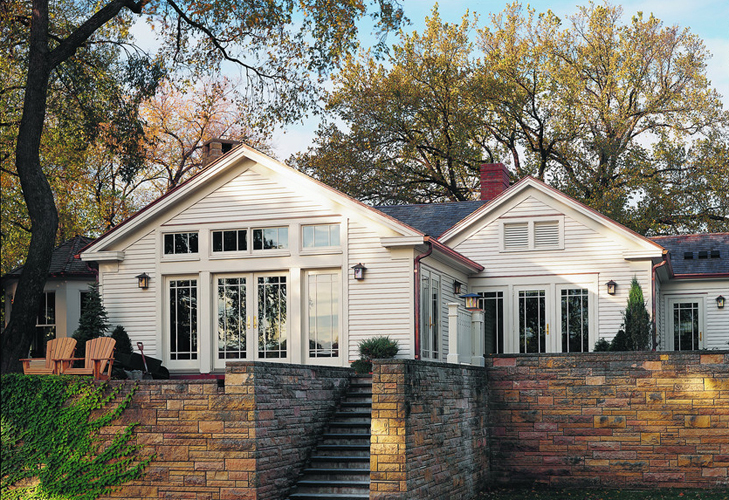Understanding U-Factor and Solar Heat Gain Coefficient
Demystifying U-Factor and Solar Heat Gain Coefficient for Homeowners
When it comes to replacement window installation, homeowners are often bombarded with technical terms and specifications that can be overwhelming. Two key factors that play a crucial role in the energy efficiency and comfort of a home are the U-Factor and Solar Heat Gain Coefficient (SHGC). Understanding these factors is essential for homeowners looking to make informed decisions about their window replacement project. In this article, we will demystify U-Factor and SHGC, explaining their significance and providing key considerations for homeowners.
Understanding U-Factor: The Measure of Heat Loss and Insulation Efficiency
The U-Factor is a measure of how well a window can prevent heat from escaping a building. It represents the rate of heat transfer through a window, with lower U-Factor values indicating better insulation efficiency. The U-Factor takes into account factors such as the type of glass, the number of panes, and the presence of insulating gases between the panes.
For homeowners, a lower U-Factor means reduced heat loss during the winter months, resulting in lower energy bills and increased comfort. According to the U.S. Department of Energy, windows with a U-Factor of 0.30 or lower are considered energy-efficient. Investing in windows with a low U-Factor can significantly contribute to energy savings and a more comfortable living environment.
Solar Heat Gain Coefficient (SHGC): Balancing Natural Light and Heat Gain
The Solar Heat Gain Coefficient (SHGC) measures the amount of solar radiation that enters a building through the windows. It represents the fraction of solar heat that is transmitted through the glass and absorbed into the interior space. A lower SHGC indicates less heat gain from the sun, which is particularly important in warmer climates.
While it may seem counterintuitive, reducing the SHGC does not necessarily mean sacrificing natural light. Advances in window technology have allowed for the development of windows that can block a significant amount of solar heat while still allowing ample natural light to enter the space. Homeowners can strike a balance between energy efficiency and natural light by selecting windows with a lower SHGC.
Key Considerations for Homeowners: Choosing the Right U-Factor and SHGC for Energy Efficiency and Comfort
When selecting replacement windows, homeowners should consider their climate, energy goals, and personal preferences. Here are some key considerations to keep in mind:
- Climate: Different climates have different energy needs. In colder climates, a lower U-Factor is crucial to minimize heat loss. In warmer climates, a lower SHGC is essential to reduce heat gain. Understanding the climate of your region will help you determine the appropriate U-Factor and SHGC for your windows.
- Energy Goals: If energy efficiency is a top priority, opt for windows with a low U-Factor and SHGC. These windows will help reduce heating and cooling costs, resulting in long-term energy savings. Look for windows that are ENERGY STAR certified, as they meet strict energy efficiency guidelines set by the U.S. Environmental Protection Agency.
- Personal Preferences: Consider your personal preferences regarding natural light, privacy, and aesthetics. If you value natural light and have a beautiful view, you may want to prioritize windows with a higher SHGC. However, if privacy is a concern or if you have sensitive furnishings that can be damaged by excessive sunlight, a lower SHGC may be more suitable.
- Consult a Window Contractor: To ensure you make the right choices for your home, consult a reputable window contractor. They can assess your specific needs, provide expert advice, and guide you through the selection process. A professional window contractor will have the knowledge and experience to recommend windows with the appropriate U-Factor and SHGC for your home.
In conclusion, understanding U-Factor and Solar Heat Gain Coefficient is essential for homeowners embarking on a replacement window installation project. By considering factors such as climate, energy goals, personal preferences, and consulting a window contractor, homeowners can choose windows with the right U-Factor and SHGC to achieve optimal energy efficiency and comfort in their homes. Making informed decisions about these factors will not only result in long-term energy savings but also contribute to a more sustainable and comfortable living environment.







Leave a Reply
Want to join the discussion?Feel free to contribute!